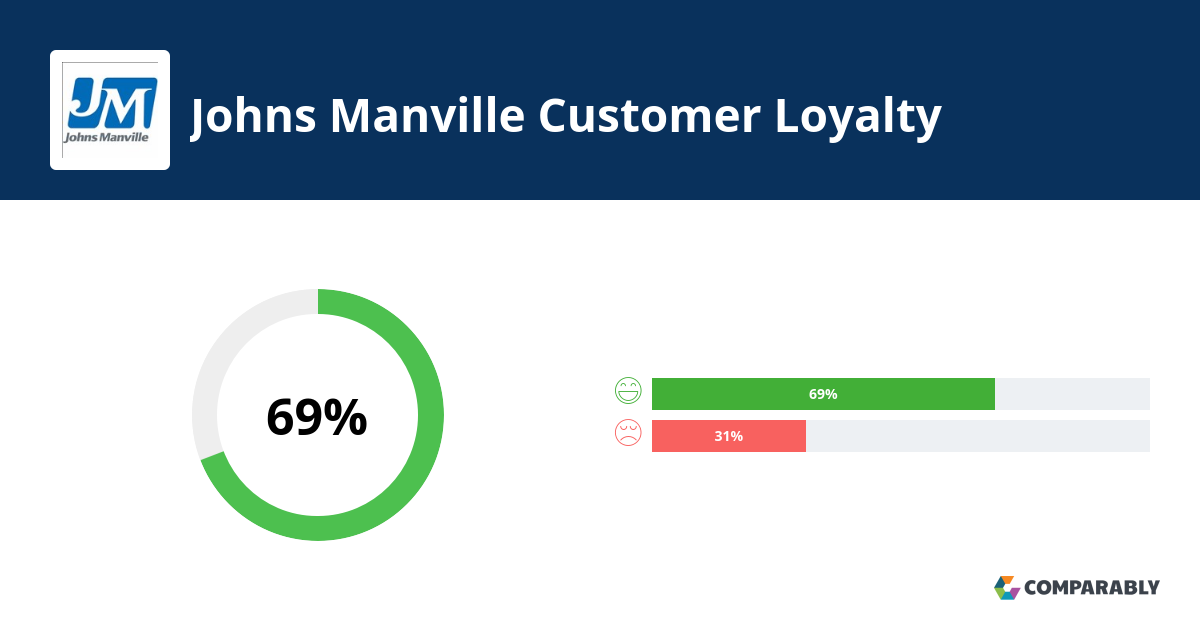
A roofing cap sheet can be used to protect asphalt from sun damage. Constant exposure to sunlight weakens the asphalt, making it crack and break easily. Also, water can get through the cap sheet and cause damage to the structure if it is not properly installed. Cap sheets are used as a shield to protect asphalt from sun damage. They can be used as an added ply to help asphalt retain its flexibility.
Cap sheets, which are more durable than traditional roofing materials, do not need to be placed over other layers of roofing material. Instead, they are fused to the existing roof to make it more durable and impermeable, increasing the lifetime of the building. Extra material is often added between layers to form a strong bond. To bond the cap sheet to an existing roofing system, heat welding may be used. This makes the whole process faster and more efficient.

There are many types of roofing caps sheets available. Some are used for retrofit applications, while others are for new construction. Some contain light-colored mineral surfacing, creating a white roof. This type roof material reflects light and helps to keep buildings cool. These products are compatible for a wide range of roof styles. The right product will be a great investment for your building's design.
Roofing cap sheets are made of several layers of material glued together with hot asphalt. The mineral surface makes them a low-maintenance option for roofs. They are more affordable than other materials but can last for many decades. These materials are coated with light-colored minerals that reflect heat, reducing the urban heat island effect. These materials are made out of natural rubber, or other rubber derivatives. This adds flexibility and cushions the hail-impact.
For low-sloped roofs, roofing caps sheets can be used. They provide a waterproof surface for buildings, and they are often cheaper than other roofing materials. They are typically made from several layers of roofing foam and are often called "90lb". If a building has been built with BUR roofing, the cap sheet will be the top layer. The cap sheet protects all layers beneath a BUR roofing roof.

The roofing cap sheet is another important part of a roof. The roofing cover sheet provides protection for the roofing membrane. It is also necessary to choose the right type of fasteners for your roof. You can prevent your cap sheet from sliding by using the right fasteners. To avoid future leaks and problems, it is important to ensure that the cap sheet is securely fastened. For any roofing project, a properly fastened sheet is a good choice.
FAQ
Can I rent a dumpster?
You can rent a dumpster for debris removal after your home renovation. Renting a dumpster is a great way to keep your yard free from trash and debris.
Is it better for a contractor to hire or a subcontractor to do the job?
Hiring a general contract is typically more costly than hiring subcontractors. General contractors often have many employees and charge clients high labor costs. A subcontractor, on the other hand, only hires one worker, and charges less per hour.
Is it better to finish floors or walls first?
The best way of starting any project is to determine what you want. It's important to think about how you are going to use the space, who will use it and why they need it. This will help decide if you want flooring or wallcoverings.
You may want to lay flooring before you create an open-plan kitchen/living space. Wall coverings are an option if you prefer to keep this space private.
Statistics
- It is advisable, however, to have a contingency of 10–20 per cent to allow for the unexpected expenses that can arise when renovating older homes. (realhomes.com)
- On jumbo loans of more than $636,150, you'll be able to borrow up to 80% of the home's completed value. (kiplinger.com)
- Design-builders may ask for a down payment of up to 25% or 33% of the job cost, says the NARI. (kiplinger.com)
- Rather, allot 10% to 15% for a contingency fund to pay for unexpected construction issues. (kiplinger.com)
- The average fixed rate for a home-equity loan was recently 5.27%, and the average variable rate for a HELOC was 5.49%, according to Bankrate.com. (kiplinger.com)
External Links
How To
Where can you find information about home improvement?
You can save money on home improvements while still improving your home. You can make your home look better without spending too much money. Paint, landscaping, and adding a pool are just a few of the many options. Many resources are available online that will assist you in deciding which project you should undertake.
There is a lot of information available on the internet regarding home improvement projects. Numerous websites give detailed instructions on how you can complete different tasks. You can see how your house would look after you have completed each task on many of these websites.
Articles on topics related to home improvements may also be written by professionals. A magazine article might tell you which paint is best for your walls. This article could provide tips on choosing colors or types of paints to complement your existing decor.
There are also websites that specialize in providing advice and recommendations regarding home improvement. Houzz.com or Pinterest.com are great websites to learn more about home improvement projects. Each website contains useful information about products, services, and other relevant topics.
Some websites only focus on home improvements. Lowe's.com may be a good example. Here you can browse their catalog of materials and tools for home improvement projects. You might also find helpful information about choosing and installing window treatments.
Home improvement projects can be fun, interesting, and rewarding. Learn about these topics to improve your home.